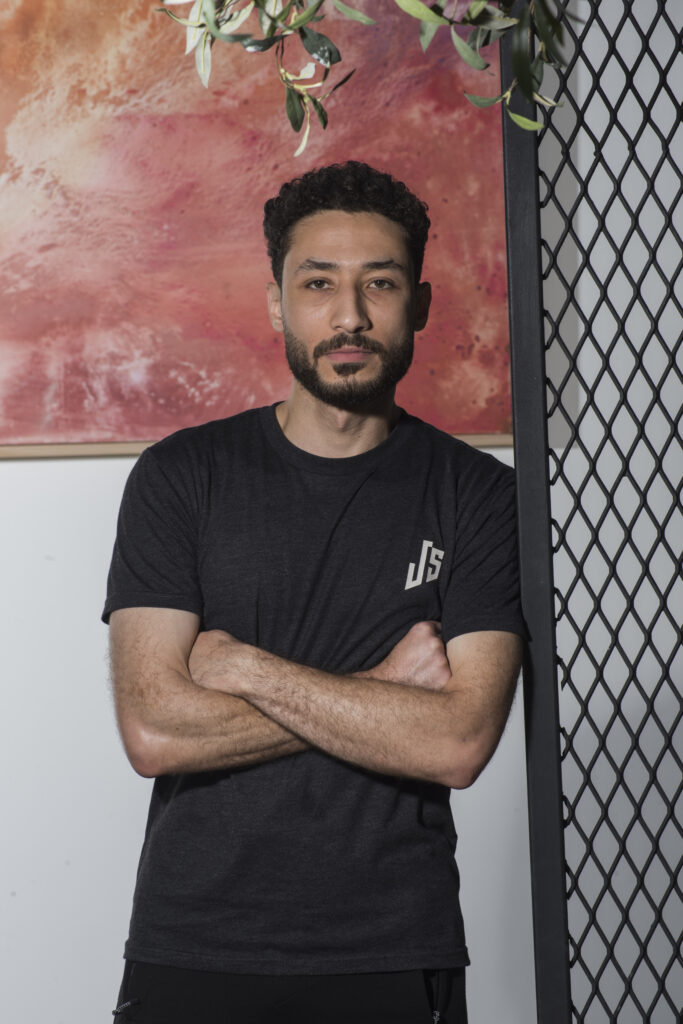shoulder pain
Understanding Shoulder Pain: Causes, Symptoms, and Management Strategies
Shoulder pain is one of the most common musculoskeletal complaints, affecting people of all ages and activity levels. Whether it’s a dull ache after a long day at work or a sharp pain that limits your ability to move, shoulder discomfort can significantly impact your daily routine and overall quality of life. in this blog, We’ll explore the common causes of shoulder pain, how to recognize early symptoms, and effective management strategies to keep your shoulder healthy and pain free.
Common causes of shoulder pain
- Dislocation: caused by a significant force that separates the shoulder joint’s ball (the top rounded portion of the upper arm bone, or humerus) away from the joint’s socket (glenoid).
- Bursitis: It’s an inflammation of the bursa sacs that protect the shoulder.
- AC joint tendonitis: This occurs when the joint between the clavicle (collarbone) and the acromion (part of the shoulder blade) becomes inflamed.
- Impingement syndrome: Impingement syndrome is caused by the excessive squeezing or rubbing of the rotator cuff and shoulder blade. The pain associated with this syndrome is a result of an inflamed bursa (lubricating sac) over the rotator cuff, and/or inflammation of the rotator cuff tendons, and/or calcium deposits in tendons due to wear and tear. Shoulder impingement syndrome can lead to a torn rotator cuff.
- Rotator cuff tear: A rotator cuff tear involves 1 or more rotator cuff tendons becoming inflamed from overuse, aging, a fall on an outstretched hand, or a collision.
- Adhesive capsulitis (frozen shoulder): This is a severely restrictive condition frequently caused by injury, which leads to a lack of use due to pain. Intermittent periods of use may cause inflammation and adhesions to grow between the joint surfaces, thus restricting motion. There is also a lack of synovial fluid to lubricate the gap between the arm bone and socket that normally helps the shoulder joint to move. This restricted space distinguishes adhesive capsulitis from the less complicated condition known as stiff shoulder.
Differentiating Between Muscle Pain and Joint Pain
Though the causes of muscle and joint pain may overlap, it’s usually possible to distinguish between the two.
- Muscle spasms often accompany muscle pain, in which case the discomfort can sometimes be alleviated through movement to help release any toxins or lactic acid that have built up. Muscle pain typically subsides when you aren’t using the affected muscle, and rest is often the best cure.
- Joint pain usually takes longer to heal than muscle pain and may come with swelling of the affected joint. Since joint pain goes deeper than a muscle injury, it will likely continue to hurt even when you’re resting.
The Impact of Posture on Shoulder Health
Poor posture can significantly affect shoulder health, causing muscle and joint imbalances that lead to pain. When the head and shoulders slump forward, muscles in the chest and upper back become tight, while those in the neck and upper traps weaken. This can result in forward head posture and rounded shoulders, exacerbating shoulder issues over time.
Best strategies to prevent shoulder injuries
The good news is that shoulder problems often can be fixed without surgery. However, it’s best to avoid the problem in the first place. Here are some ways to do that:
- Listen to your body. If your shoulder gets sore after any activity, don’t ignore it. If the pain is serious and doesn’t go away, see your doctor. There’s no need to tough it out. You just might make things worse.
- Stay in shape. Keep your body in good physical shape with regular exercise and a healthy diet. It’s a way to stay well, and it can help you avoid injury.
- Exercise the right way. Warm up before you work out. Start slowly if you haven’t done a sport or an activity in a while. Learn how to lift weights the right way. Don’t lift too much.
Conclusion
We recognise how much shoulder pain can significantly impact your quality of life, from your daily activities to the way you’re able to practise the sports or activities you love .Most of the time, we can help with non-surgical interventions such as Manual and electrotherapy, and targeted exercises that we recommend you do at home to relieve pain and restore shoulder function.
For more severe or chronic cases, surgical interventions such as arthroscopic surgery or rotator cuff repair may be necessary. If you find yourself in that situation, we’re here to guide and support you before and after your surgery to help achieve long-term healing.
If you experience persistent shoulder pain, don’t hesitate to consult us. Your journey to recovery starts with taking that first step!

Mohamed Abdelrhman
Musculoskeletal and Sports Physiotherapist
With over nine years of experience in football, clinics, and hospital settings, Mohamed Abdelrhman specializes in musculoskeletal and sports physiotherapy. Having worked five years in football, he holds a FIFA Diploma in Football Medicine and excels in sports injury rehabilitation, pre- and postoperative care, and chronic pain treatment. Since moving to Dubai in 2022, Mohamed has continued to enhance his expertise in body mechanics, focusing on treating shoulder, knee, hip, foot, and spine injuries. He is skilled in dry needling, manual therapy, and the Mulligan technique (MWM), which he uses to improve patient recovery outcomes.
Mohamed’s experience spans both private clinics and hospitals, where he has honed his abilities in sports rehabilitation, exercise therapy, and pain management .Driven by a commitment to long-term health, Mohamed believes in not only helping patients return to their daily activities or sports but also in preventing injury recurrence. He actively develops and implements injury prevention programs, ensuring patients achieve sustained recovery and optimal performance.


